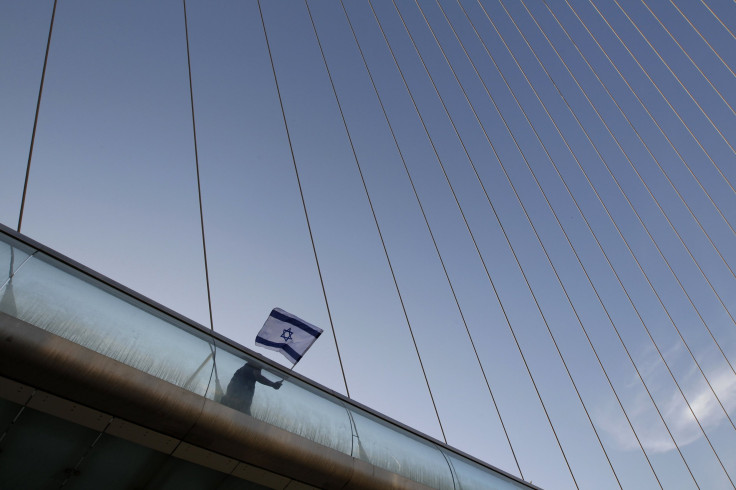Jesus' Midwife Salome: Everything To Know About The Burial Cave

Archaeologists have found a number of priceless artifacts in the Cave of Salome, dedicated to the midwife who delivered Jesus Christ, the Israeli Antiquities Authority (IAA) announced Tuesday.
"According to a Christian tradition, Salome was the midwife from Bethlehem, who was called to participate in the birth of Jesus," IAA archaeologist Zvi Firer said, according to The Times of Israel. "She could not believe that she was asked to deliver a virgin's baby, and her hand became dry and was only healed when she held the baby's cradle."
The site is about 22 miles southwest of Bethlehem, Daily Sabah reported.
A carving in ancient Greek and Arabic was found outside the cave, that read: "Salome, who was Mary's midwife." Authorities have decided to open the burial cave to the public.
The burial cave was discovered in 1982 by antiquities looters and excavated in 1984 by Prof. Amos Kloner of the IAA. It was never opened to the public, despite proof of its use as a sacred Christian site.
In the last two months, archaeologists excavated an elaborate courtyard of almost 4,000 square feet at the entrance to the cave. They then discovered intricate stone carvings and remains of a shop.
"We found dozens of these lamps covered with carvings of pomegranates and intricate geometric designs," Firer said.
The lamps were found in an area that archaeologists said was likely a small marketplace in the courtyard.
"We believe that pilgrims would come here, rent an oil lamp, perform their prayers inside, and go on their way. It's like today when you go to the grave of a revered rabbi and light a candle there," Firer said.
The first room of the burial cave dates to the Second Temple period (from the 6th century BCE to 70 CE). Local Christians first identified the site as the burial place of Salome in the Byzantine era. It was later turned into a pilgrimage site, explained Firer, adding the name "Salome" or "Shlomit" was a common Jewish name in the Second Temple period in Hasmonean and Herodian families.
"The name Salome may possibly have appeared in antiquity on one of the ossuaries in the tomb, and the tradition identifying the site with Salome the midwife developed, with the cave becoming venerated by Christianity," he said.
The most impressive graffiti inside the cave is an inscription in Greek that reads "Zacharia Ben Kerelis, dedicated to the Holy Salome." Archaeologists believe that Zacharia Ben Kerelis was a wealthy Jewish patron who funded the construction of parts of the cave and the courtyard.
"We're now working on ways to preserve all of these ancient carvings while opening the site to the public," Saar Ganor, the IAA director of the Judean Kings' Trail Project, reportedly said.
The Ministry for Jerusalem and Heritage and the Jewish National Fund are helping in the current excavation.
"This trail, which crosses the Judean Shefelah [flatlands], is the backbone of the Jewish people's cultural heritage, and it encompasses dozens of sites from the time of the Bible, the Second Temple, the Mishnah and the Talmud," Ganor said. "This is a really important trail that combines tourism, history, and development."
Related Articles






